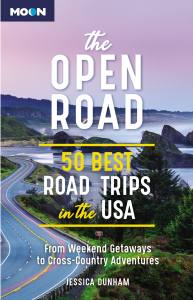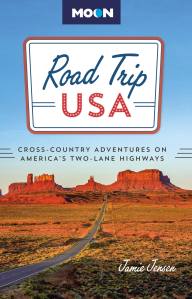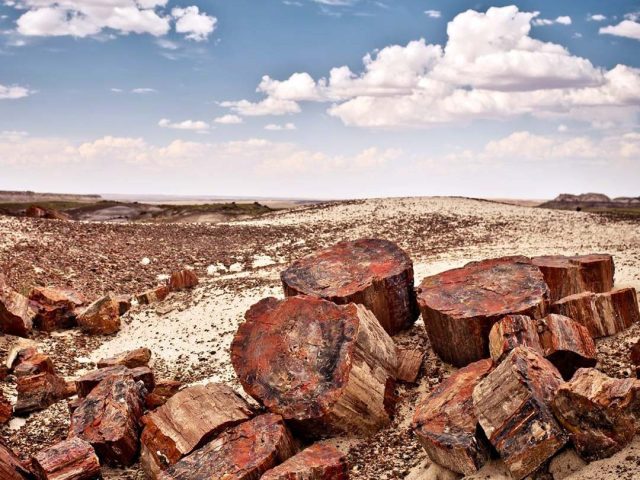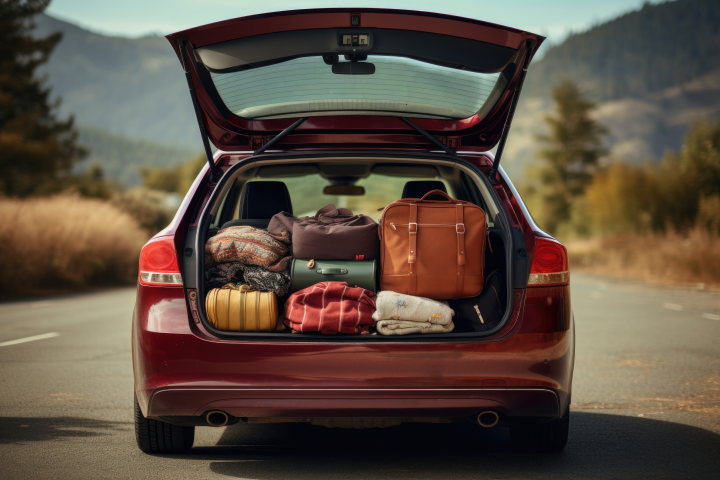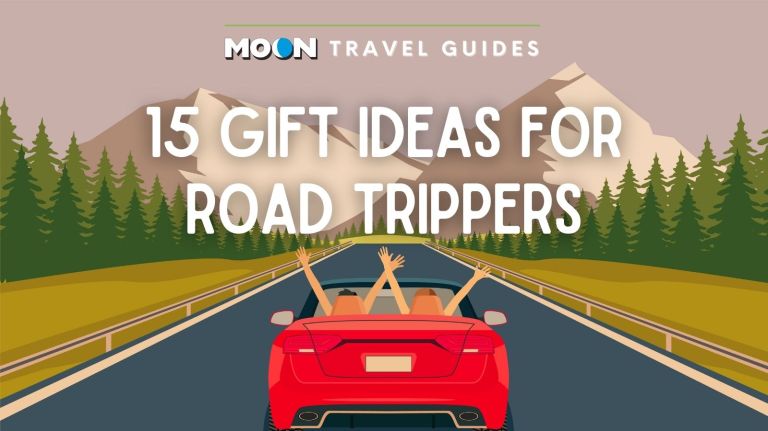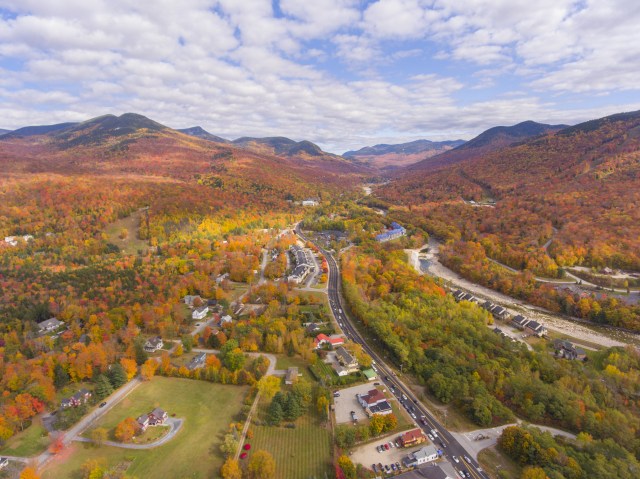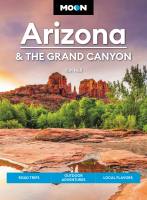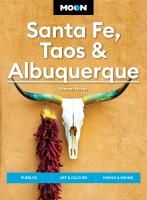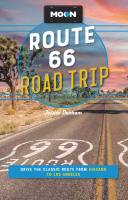A Memorable Road Trip on Interstate 40
For as long as I can remember, I’ve been an ardent fan of road trips, and as a travel writer, I’ve certainly experienced my fair share of them. Down the Florida Keys’ Overseas Highway, up California’s Pacific Coast Highway, and along many scenic and historic routes in between, I’ve relished a wide variety of road trips over the years.
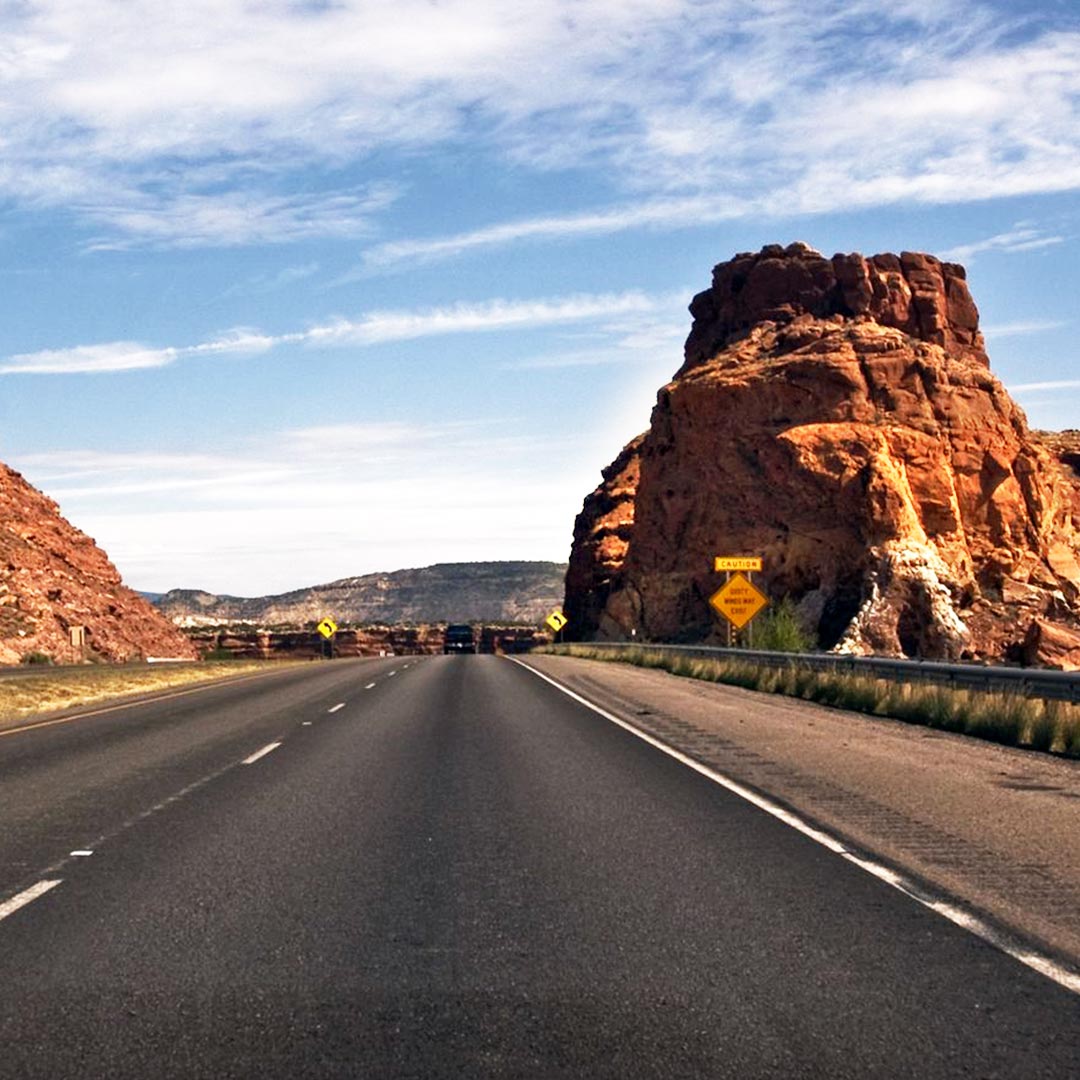
As a child, I logged countless miles with my mother, from our home in New Orleans to destinations like Disney World; San Antonio; Branson, Missouri; the Rocky Mountains; and various landmarks along the East Coast. Years later, my fiancé-turned-husband, Daniel, became my trusty traveling companion, and together, we’ve shared a number of rewarding road trips, including a northern California excursion between Yosemite National Park, the gold-rich American River, the wineries of Napa Valley, and San Francisco.
Though we continue to cover hundreds of miles annually, some of our most memorable trips actually occurred during the year or so we spent as full-time RV travelers (a lifestyle that we’ll soon embrace again). While we both appreciate the country’s lesser-known highways and byways, perhaps our most inspiring trip took place on Interstate 40 (I-40), the country’s third longest interstate highway, an east-west route that stretches from Wilmington, North Carolina, to Barstow, California. Several stops en route include Raleigh and Greensboro, North Carolina; Nashville and Memphis, Tennessee; Little Rock, Arkansas; Oklahoma City, Oklahoma; Amarillo, Texas; Albuquerque, New Mexico; Flagstaff, Arizona; and California’s Mojave National Preserve.
Interestingly enough, the distance between Oklahoma City and Barstow mirrors part of historic Route 66, America’s Mother Road. Of course, our particular I-40 trip began in Nashville, following a stop at Kentucky’s Mammoth Cave National Park, and continued west toward the Golden State. Here are just some of the attractions we encountered along the way.
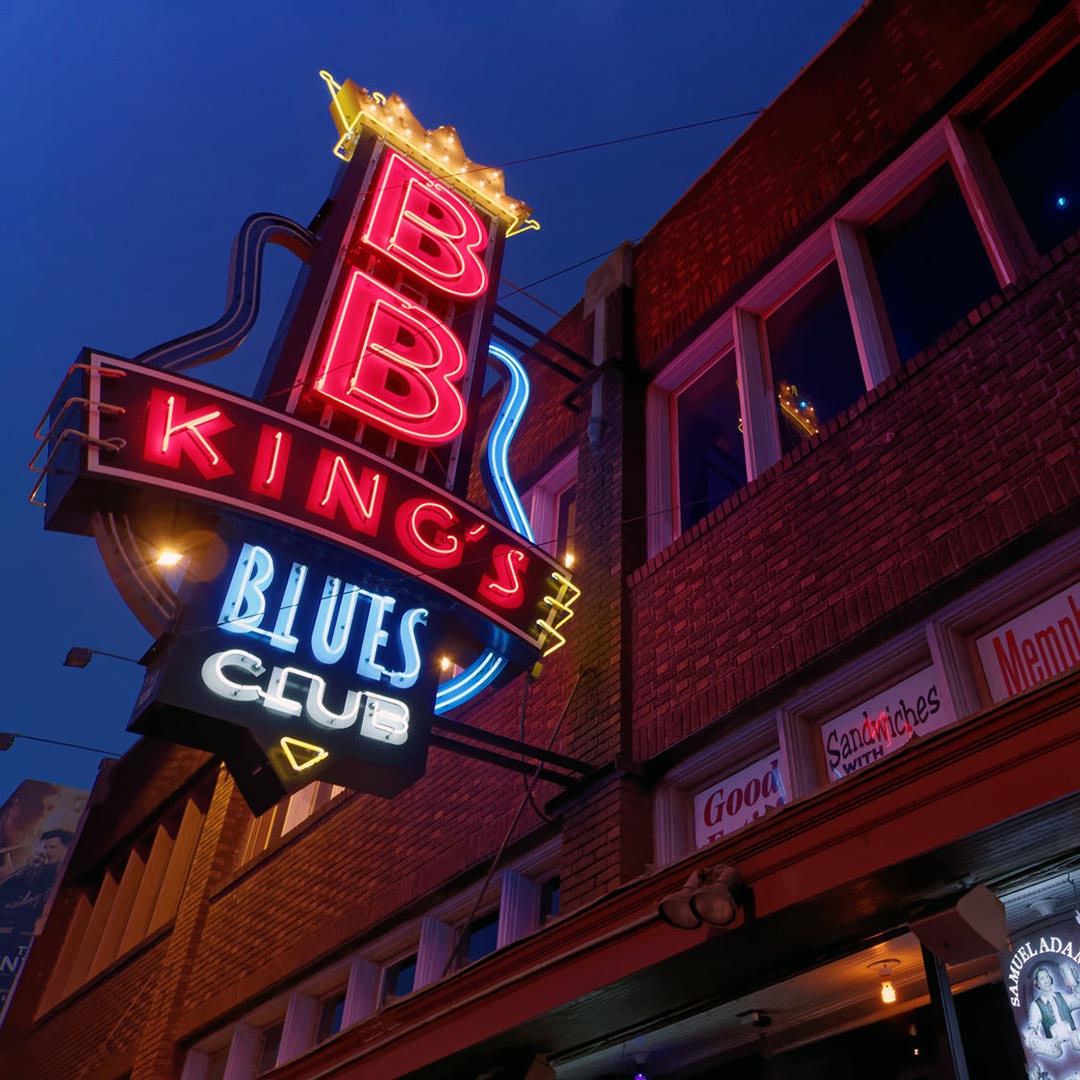
Beale Street
Beyond Nashville, our first major stop was Memphis, home of Elvis Presley’s Graceland. While we’re both fans of the King of Rock and Roll, our main interest here was Beale Street (between South Danny Thomas Boulevard and the Mississippi River in downtown Memphis, Tennessee; establishment hours and costs vary). Marked by a reputation that once rivaled New Orleans’s Storyville, Beale Street flourished during the 1920s with numerous restaurants, theaters, nightclubs, pawnshops, and blues musicians, not to mention the requisite gambling, prostitution, and murder. Though not quite as authentic as it once was, the main two-block stretch of Memphis’s Beale Street, between 2nd and 4th Streets, still lures oodles of visitors today. While staying in an RV park near Graceland, we decided to venture to this historic district one evening, and though accustomed to the bustling nightlife of Bourbon Street, I admit that we were both enticed by vibrant Beale and its plethora of live music venues and tasty barbecue joints, from BB King’s Blues Club to Pig on Beale.
Hot Springs National Park
While leaving our RV parked in a campground near Little Rock, the capital of Arkansas, Dan and I took a side trip to Hot Springs, President Bill Clinton’s hometown. Here, we explored Hot Springs National Park, which occupies much of this nostalgic community. Ideal for history buffs and outdoor enthusiasts like us, the park features eight historic bathhouses, several scenic drives and camping areas, and 26 miles of hiking trails in the surrounding mountains.
Crater of Diamonds State Park
After experiencing Hot Springs, we stopped by Crater of Diamonds State Park, which we’d previously visited. This relatively small, 37.5-acre site is truly one of the best finds–and best bargains–in the country. For a nominal fee, you can explore the world’s only diamond-producing site that’s open to the public. No wonder Crater of Diamonds–which also features a discovery center, gift shop, campground, and seasonal restaurant and water park–is popular among couples, families, and treasure hunters alike. Here, after all, you can unearth all manner of valuable gems, from amethysts and garnets to brown and yellow diamonds, provided you don’t mind getting a little dirty.
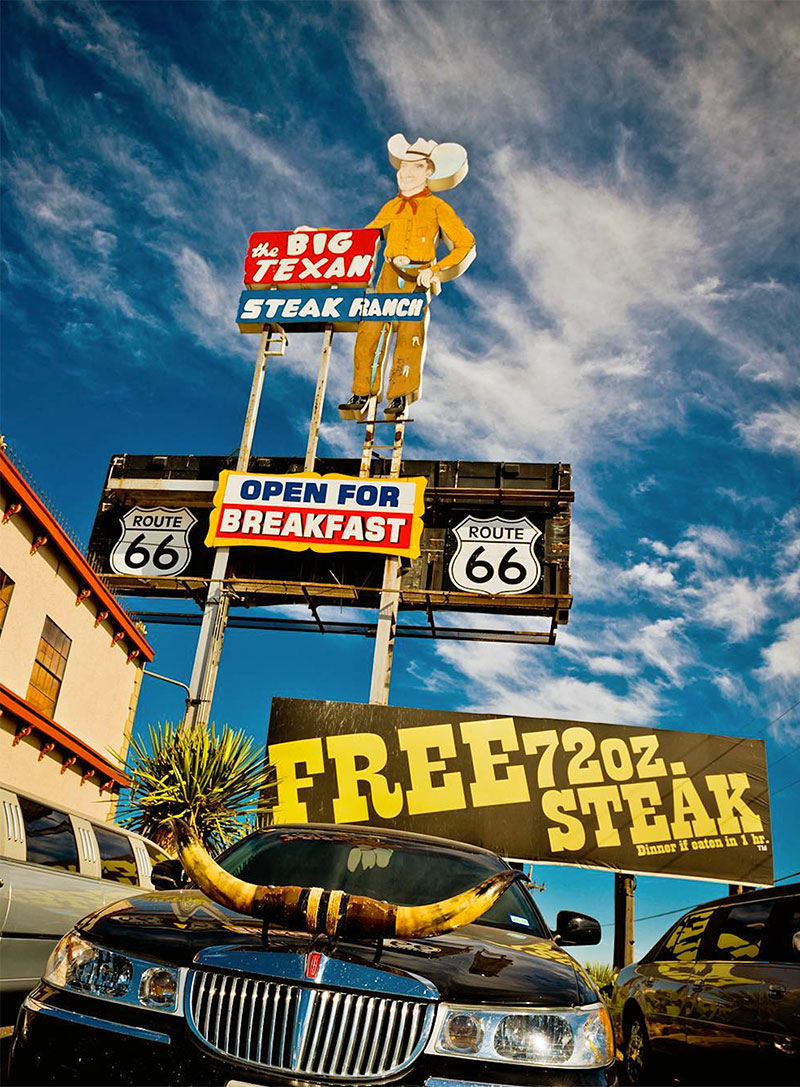
The Big Texan Steak Ranch
For miles between Oklahoma City and Amarillo, numerous billboards enticed us to stop by The Big Texan Steak Ranch, home of the world-famous, 72-ounce steak challenge. This is truly a can’t-miss experience–even for vegetarians. With a dining hall that boasts wagon-wheel chandeliers, picnic table-style seating, and a wide array of stuffed, mounted animals, it’s the ideal place to savor a well-prepared steak and a house-brewed beer. If you so desire, you can even stay at the adjacent motel, fashioned like a Wild West town and featuring a Lone Star State-shaped swimming pool. The property also includes a gift shop and horse stalls. And yes, we’ve made return visits here, too.
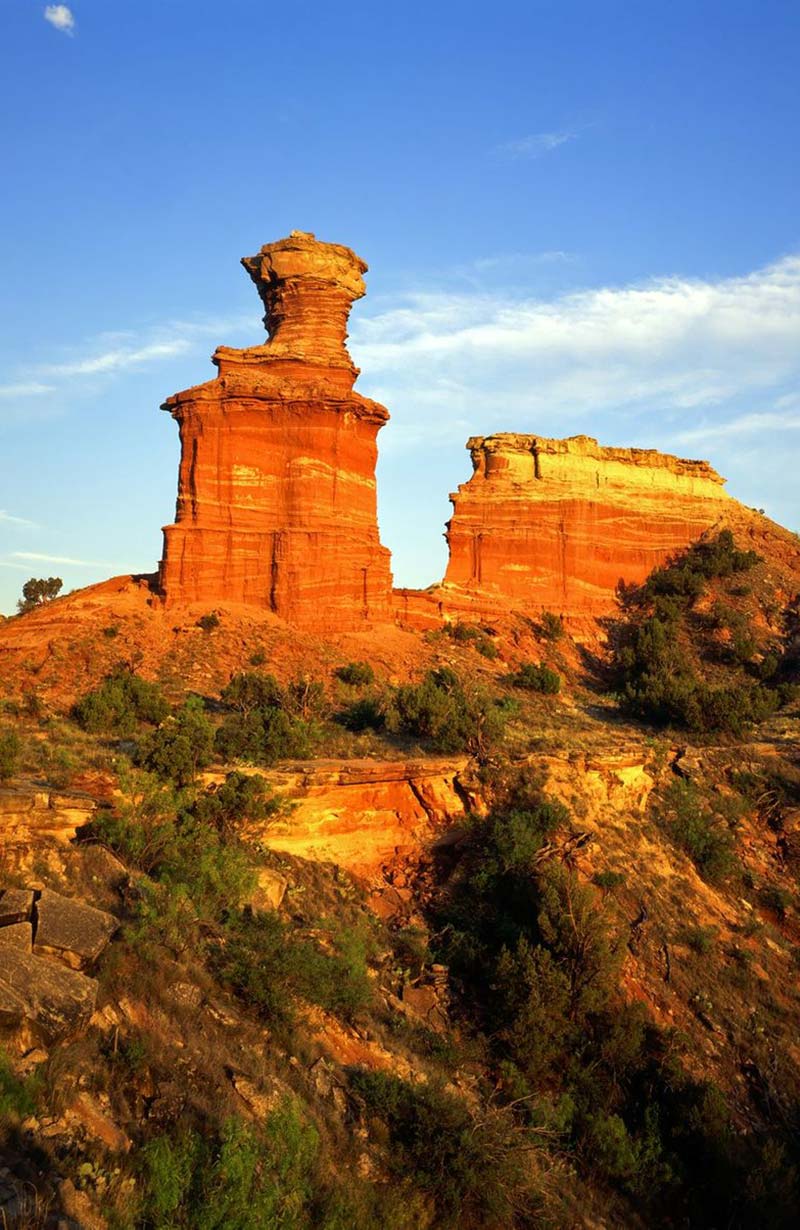
Palo Duro Canyon State Park
While visiting Amarillo, we also ventured to Palo Duro Canyon State Park, a 29,182-acre preserve that encompasses part of the 120-mile-long, 800-foot-deep canyon dubbed the “Grand Canyon of Texas,” the second largest canyon in the country. Although we spent most of our time hiking amid the multicolored cliffs and strolling through the small interpretive center, other activities here include picnicking, mountain biking, horseback riding, overnight camping, and, in the summer, experiencing Texas, a family-friendly outdoor musical drama.
Newsletter Signup
By clicking ‘Sign Up,’ I acknowledge that I have read and agree to Hachette Book Group’s Privacy Policy and Terms of Use
Santa Fe, New Mexico
From Amarillo, Dan and I headed west on I-40 to Albuquerque, the largest city in the state of New Mexico. While here, we took a side trip to Santa Fe, at once the state capital, an artists’ colony, and a town that embodies New Mexico’s nickname, the “Land of Enchantment.” Brimming with creativity, Santa Fe is a dreamy, magical place, nestled amid the Sangre de Cristo Mountains and filled with adobe-style buildings, numerous art galleries, elegant restaurants, and charming bed-and-breakfast inns. While we relished strolling along the quaint streets of this seemingly remote city, Dan and I were also struck by the dramatic beauty of the surrounding landscape–which is ideal for hikers, cyclists, rafters, skiers, and other outdoor enthusiasts.
Continental Divide
Near Grants, New Mexico, we encountered the Continental Divide, which, though signified by a simple brown sign, still evoked a feeling of reverence and wonder. Interestingly, this particular spot also lies along the Continental Divide National Scenic Trail (CDT), a 3,100-mile primitive (and challenging) backcountry trail that extends from Canada to Mexico, along the backbone of the North American continent. Also known as the “King of Trails,” this scenic route was designated by the U.S. Congress in the late 1970s, as part of the National Parks and Recreational Land Act of 1978. It passes through five unique states–Montana, Idaho, Wyoming, Colorado, and New Mexico–and crosses several natural treasures, including Glacier National Park, Yellowstone National Park, Rocky Mountain National Park, and El Malpais National Monument.
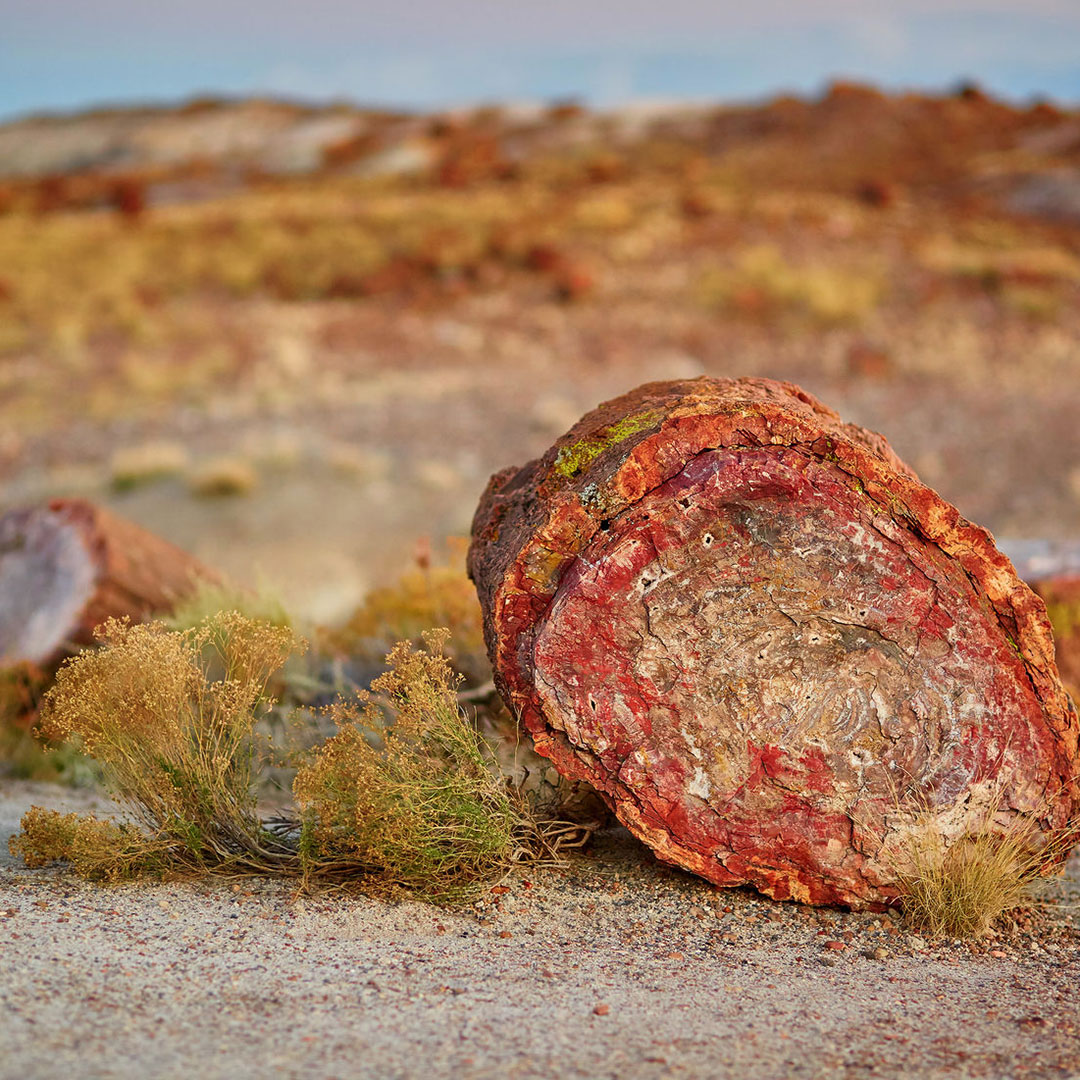
Petrified Forest National Park
After crossing the New Mexico border, we continued west through northern Arizona. Between Navajo and Sun Valleys, we soon found ourselves near Petrified Forest National Park, a surprisingly beautiful place that doesn’t get nearly as much attention as one of Arizona’s other natural treasures: Grand Canyon National Park. Impressed by the kaleidoscopic badlands of the Painted Desert, we also appreciated the numerous historic structures, archaeological sites, and fossil displays here, not to mention one of the world’s largest and most colorful concentrations of petrified wood – enormous pieces of which seem to pepper the stark landscape. Just remember, as the omnipresent signs indicate, it is illegal to take any of these pieces – no matter how small – home with you, so be content with photographs and memories, and leave the petrified wood for other generations to enjoy.
Flagstaff, Arizona
Past Winslow, Arizona, we encountered the mountain town of Flagstaff, a truly charming place to stop for a spell. While our RV cooled down in a truck stop, we decided to explore the historic downtown area, where various art galleries, enticing boutiques, Native American shops, outdoor outfitters, eateries, and microbreweries dwell amid the 19th-century streets. Of course, you’ll also find other worthy attractions here, such as the informative Museum of Northern Arizona, the fascinating Lowell Observatory, and the turn-of-the-20th-century Riordan Mansion State Historic Park. In addition, three national monuments lie within 7.5 to 33 miles of Flagstaff: Walnut Canyon National Monument, Sunset Crater Volcano National Monument, and Wupatki National Monument.
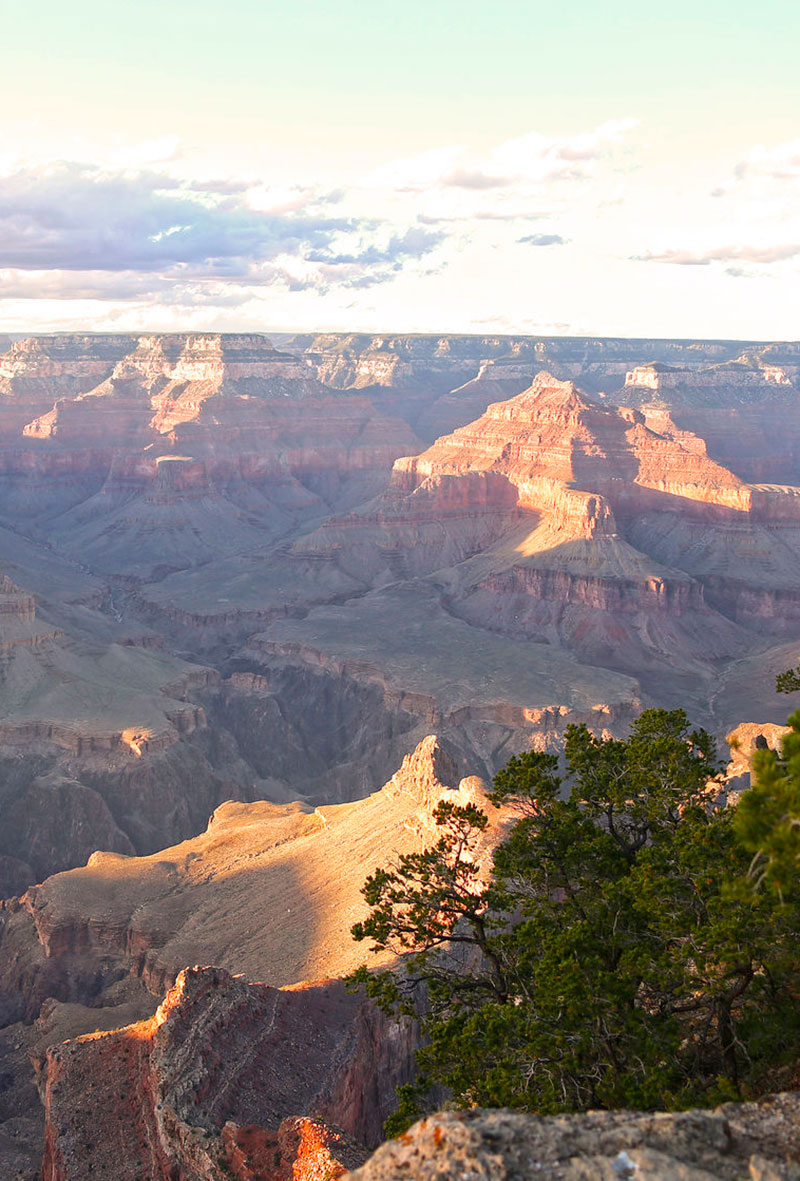
Grand Canyon National Park
Though ultimately headed for Las Vegas, we decided to make a northerly detour at Williams, Arizona. How could we, after all, pass up a chance to witness a sunrise over the Grand Canyon, one of America’s most incredible sights? Needless to say, we weren’t disappointed. There’s just nothing like standing along the South Rim, watching the glistening, emerald-hued Colorado River as it snakes between the multilayered, reddish-brown cliffs that define the Grand Canyon, an ancient formation that many consider to be one of the Seven Natural Wonders of the World. Experiencing that stupendous place was truly one of the more breathtaking moments of our journey–something that everyone should get the chance to embrace, at least once in his or her lifetime. Besides sightseeing, popular activities here include hiking, rafting, camping, wildlife watching, and taking a mule trip down into the canyon itself. Be advised that, while the South Rim is open 24 hours daily year-round, the North Rim, due to inclement weather, is only accessible from mid-May to mid-October.
Naturally, I-40 offers even more worthwhile destinations than those listed here. Still, I hope that my road trip memories have inspired you to hit the highway soon.
Start planning your road trip
What to read next…
Pin it for later
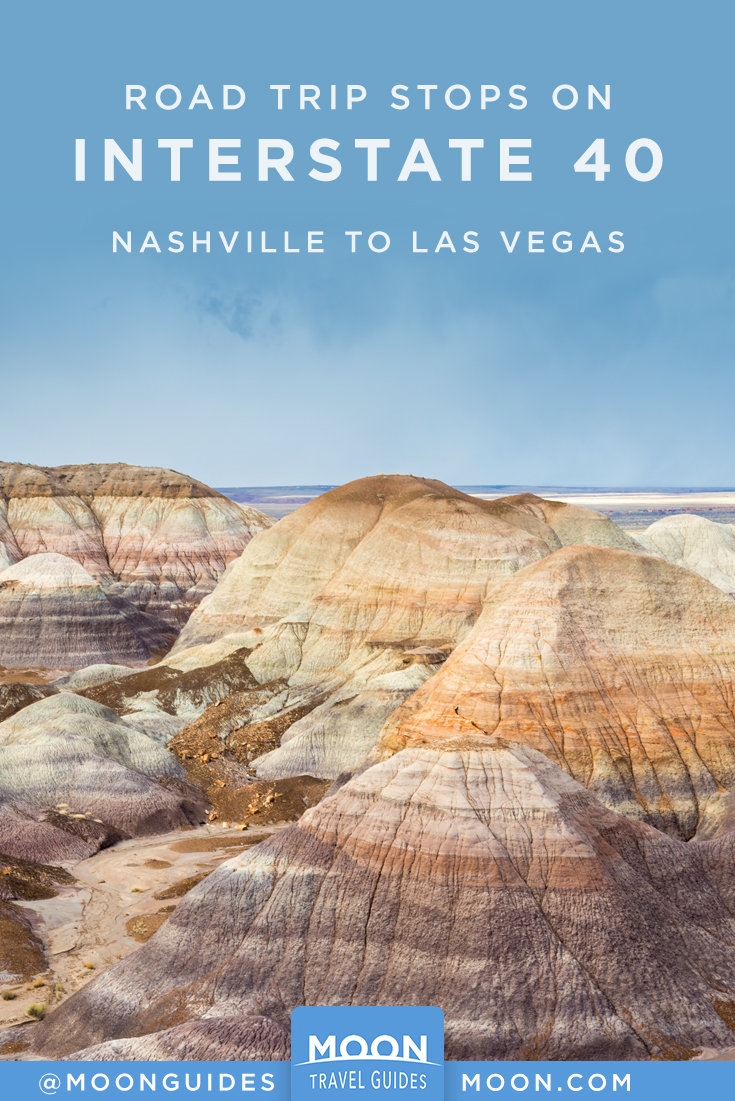
More guidebooks for your I-40 road trip


